- February 12, 2014
- By Maryland Today Staff
Take a tour through the new Physical Sciences Complex. Physics professor Chris Monroe will be utilizing this state-of-the-art facility for his quantum mechanics research. Learn more about how he is using atoms to create superfast computers here.
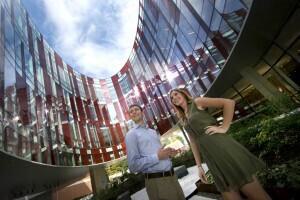
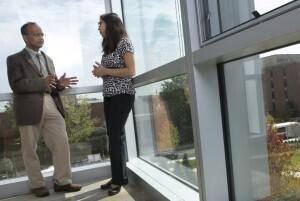
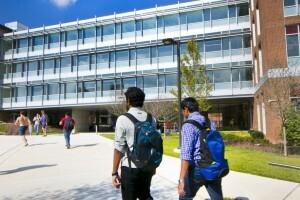
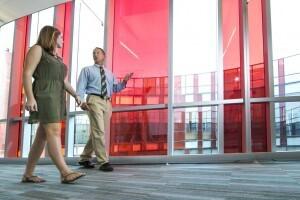
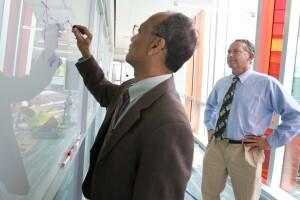
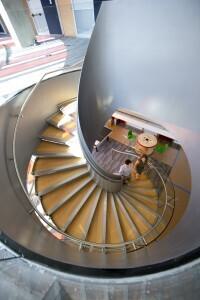
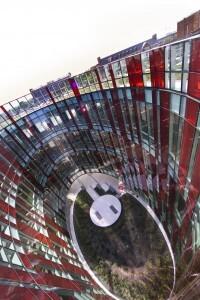
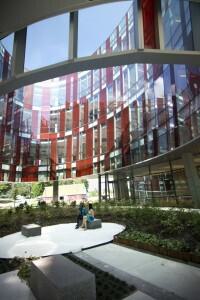
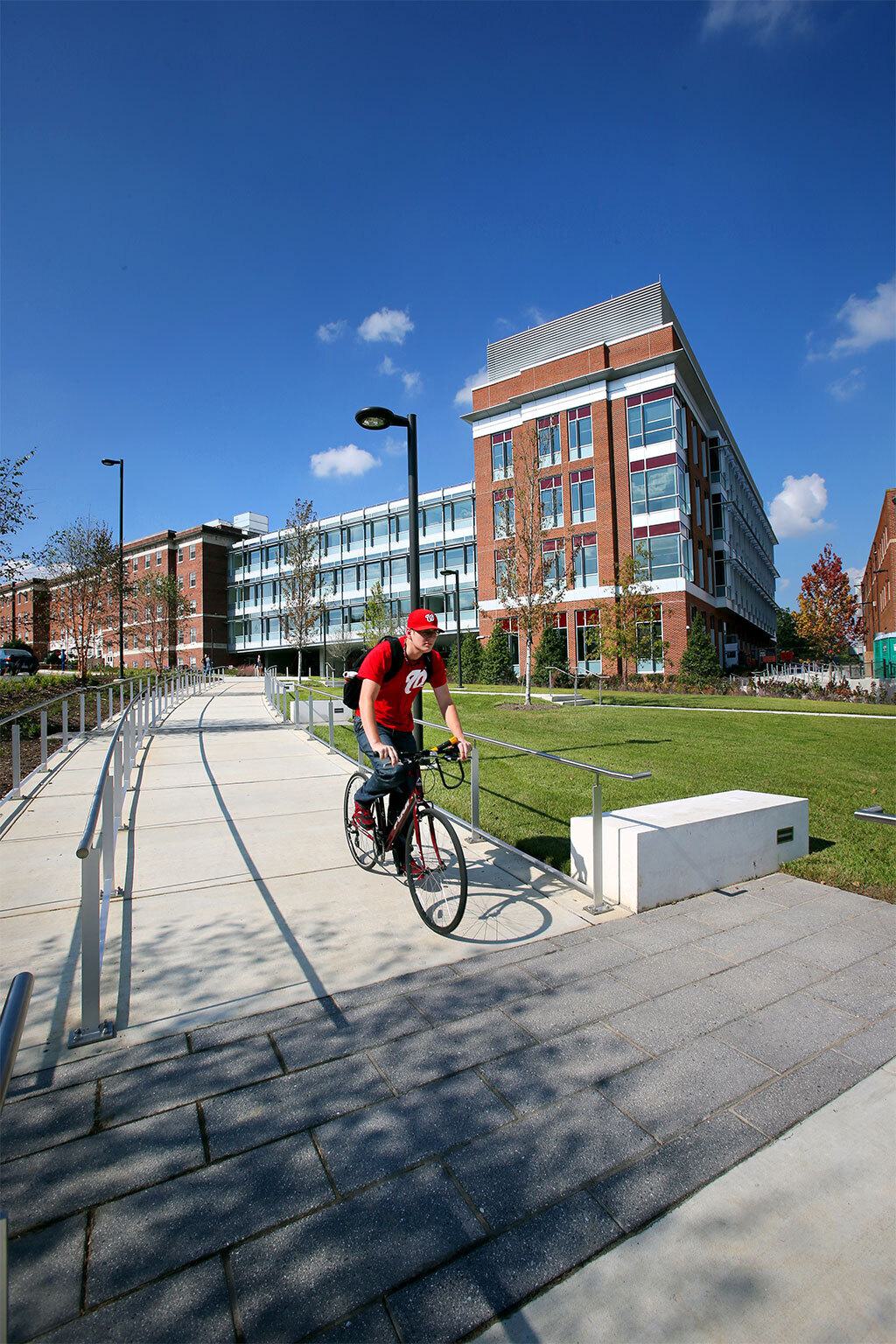
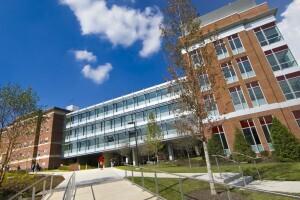
The building has been under construction since 2010, and cost $128 million.
It has space for collaborators from federal agencies such as NASA, the National Institute of Standards and Technology and the National Institutes of Health.
PSC labs have extra-thick concrete floors to minimize vibrations, which can throw off sensitive experiments. Labs also have highly precise temperature control—within a half-degree Fahrenheit. Elevators and electrical panels have also been shielded to minimize electromagnetic interference.
The building’s hallways are very wide, to encourage conversation in public spaces.
Many hallways are lined with whiteboards, for those moments when an idea strikes, or an equation must be worked out immediately.
The building’s design encourages collaboration, with extra staircases between floors so researchers are more likely to run into each other.
It features a multistory elliptical glass cone that opens to the sky and provides ample natural light.
Perhaps counter-intuitively, astronomers are housed on the first floor, because they study the heavens, while physicists are on higher floors because they look down at smaller particles.
The new structure is connected to the Computer and Space Sciences Building (left).
The PSC is five stories tall and extends two floors underground, where many of the labs are.
